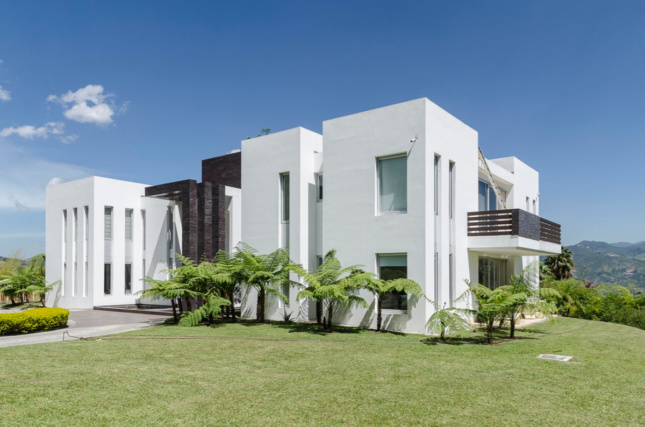To celebrate our 15th anniversary, we looked back through the archives for our favorite moments since we started. We found stories that aged well (and some that didn’t), as well as a wide range of interviews, editorials, and other articles that we feel contributed to the broader conversation. We also took a closer look at the most memorable tributes to those we lost, and heard from editors past and present about their time here.
Check out this history of architecture in the 21st century through the best interviews of The Architect’s Newspaper:
2004
Architects and musicians (Philip Glass, DJ Spooky, Greg Lynn, Thom Mayne, Moby, etc.)
Philip Glass: Music is built out of our bodies…On the other hand, music [can be] very difficult to recreate. Though music can be reduced to notation, it still remains as impermanent form. Once you stop playing, it’s gone. Architecture is what you stumble over in the dark…You don’t stumble across music in the dark.
Thom Mayne: I used to say I want to make architecture that hurts.
2006
“Technology moves new materials, and architecture feeds on new materials.”
Renzo Piano + Kenneth Frampton
2008

Richard Barnes + Julius Shulman
2009
“Schools are woefully unconnected to the idea of the profession being entrepreneurial. We were all graduating and trying to get into employment right away. This generation is very different, because they’re paying off their debts. In my day in London, it was still very much in the grant system. Your education wasn’t a noose around your neck in terms of repayment. It was almost like free, and you were very ready to take on the world and come into the world. There was more risk-taking.”
2010
2011
“There are no big ideas anymore. You have to have an ecology where the two sides [the creative and the bureaucratic] are equally important and strong. If you look at the first responses to 9/11 on the architect scene, it was all about being symbolic and there was basically no ability to be critical or even concrete. It was all just metaphors.”
2012

2013
2017
Mabel O. Wilson on race, memory, and architecture
“To build is to have power. That’s not something given up easily, which women have found out in architecture. It’s not an easy ceiling to break because of the ways that buildings are tied to power structures and power relations and wealth.”

“Architecture saved my life”: Pablo Escobar’s son is a good architect now
“It’s a shame that people judge me because of my father’s past and not what I do or what I’m capable of. That’s one of the main barriers that I find every day as an architect. I don’t want to be a coke dealer. I know how to be a coke dealer, but I don’t want to.”








